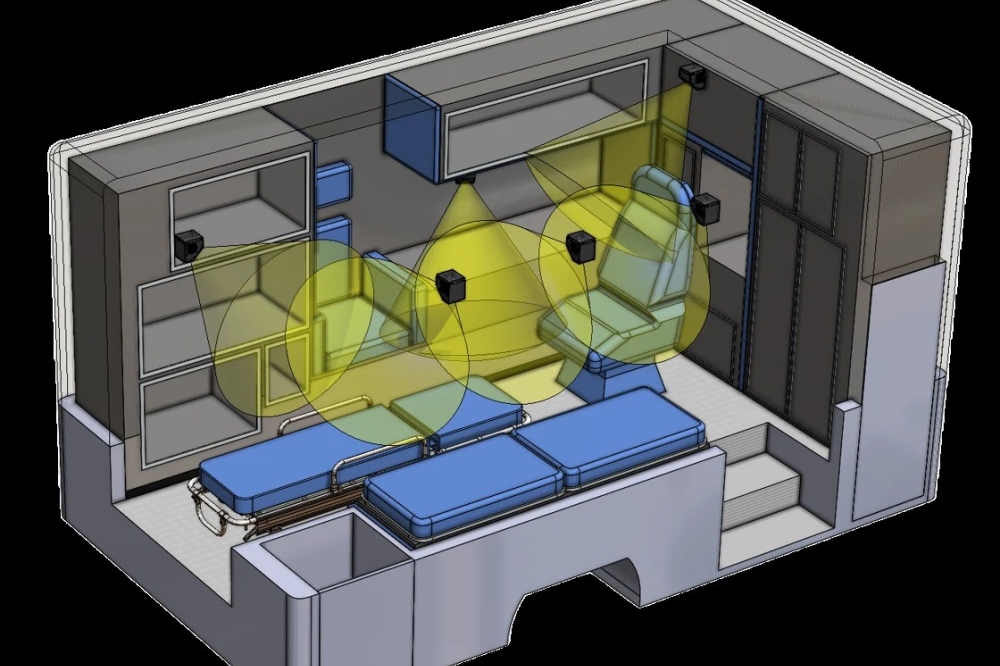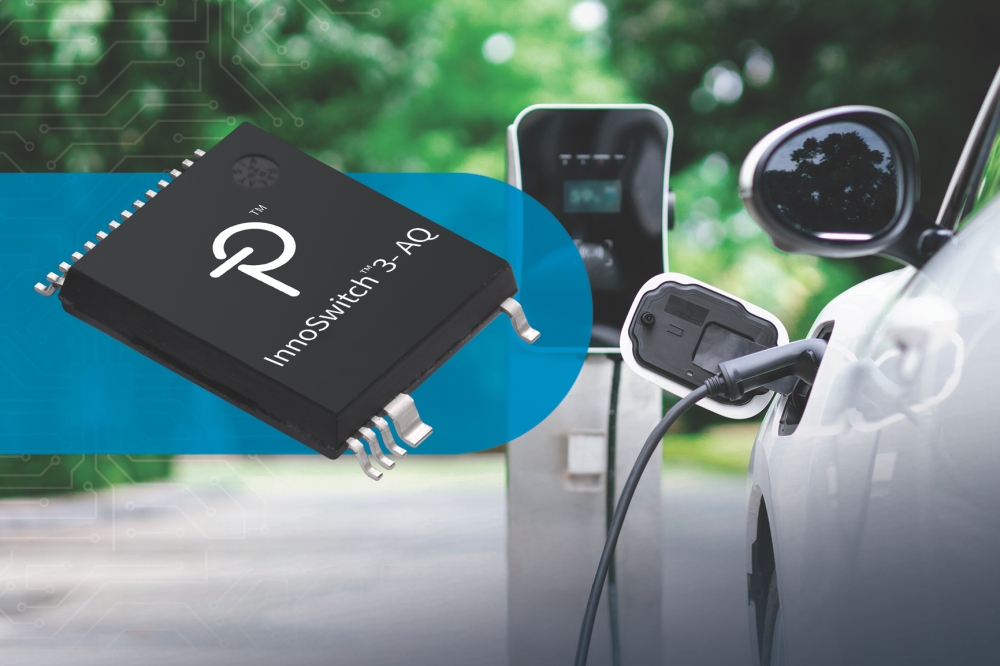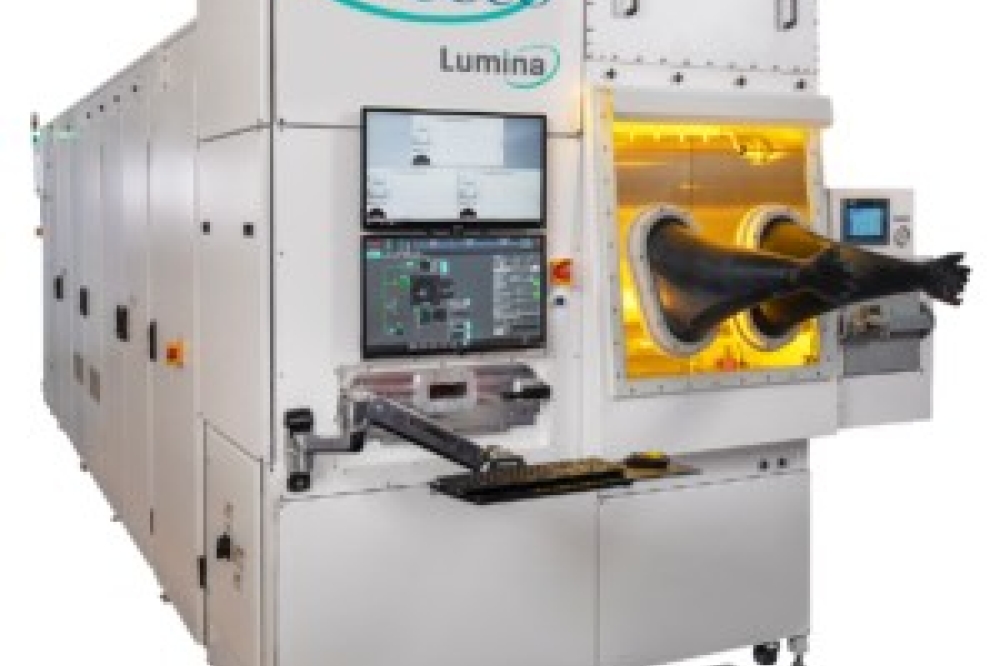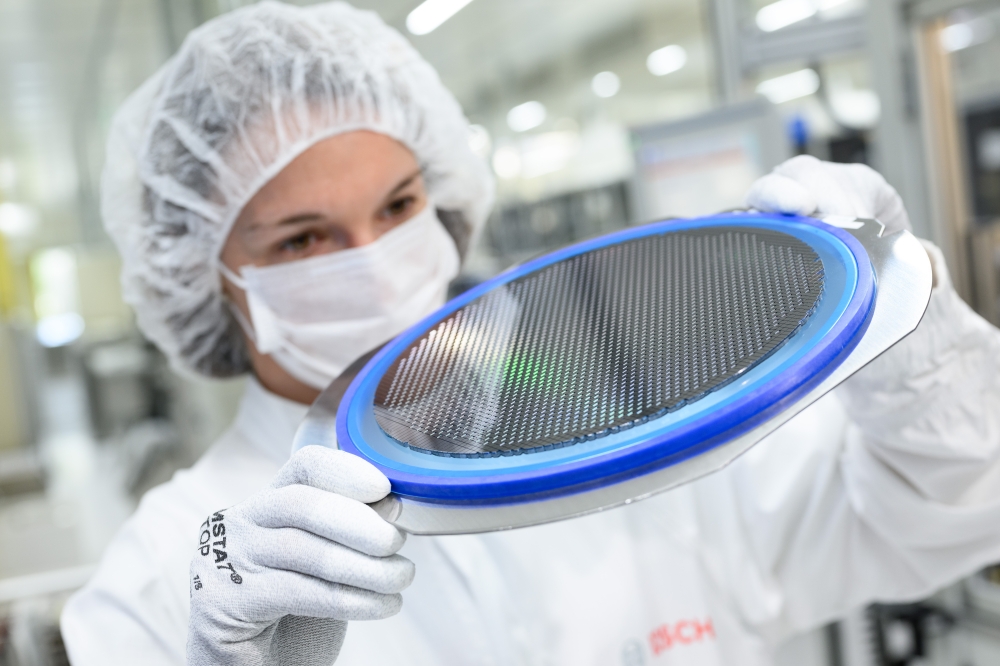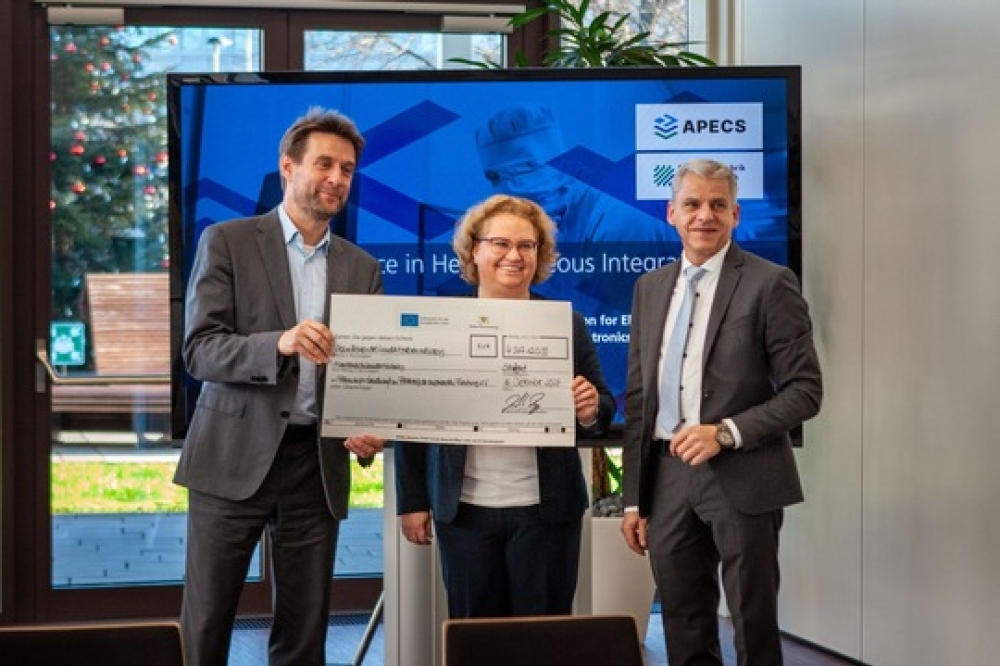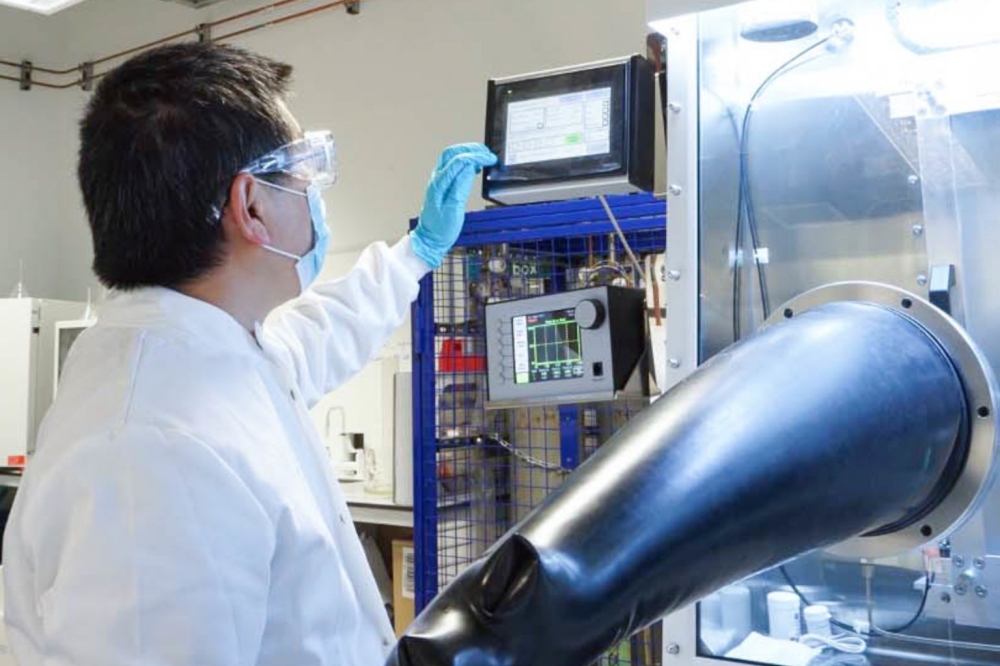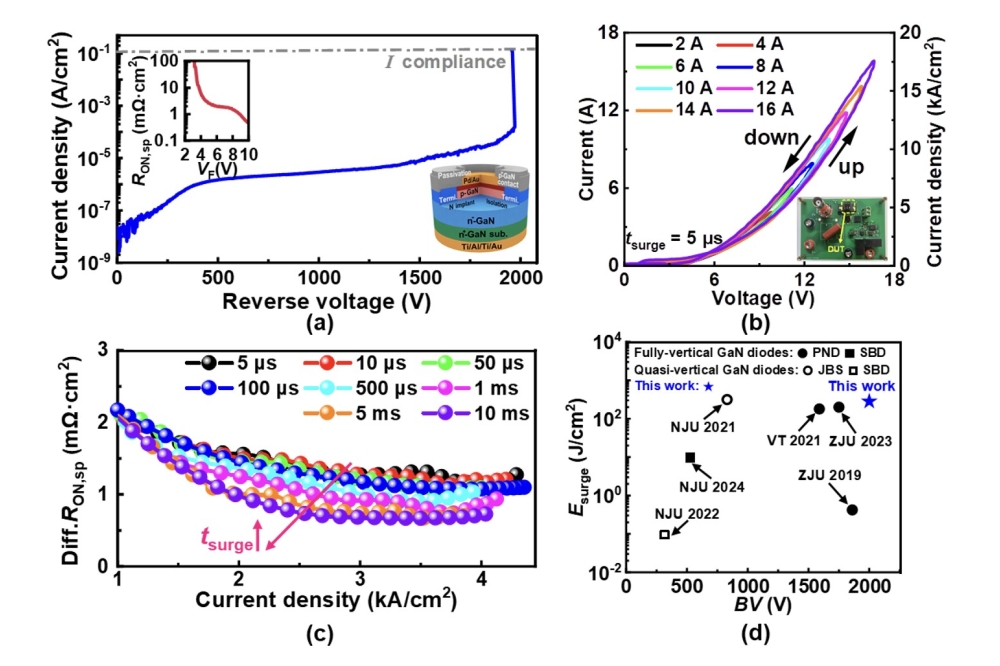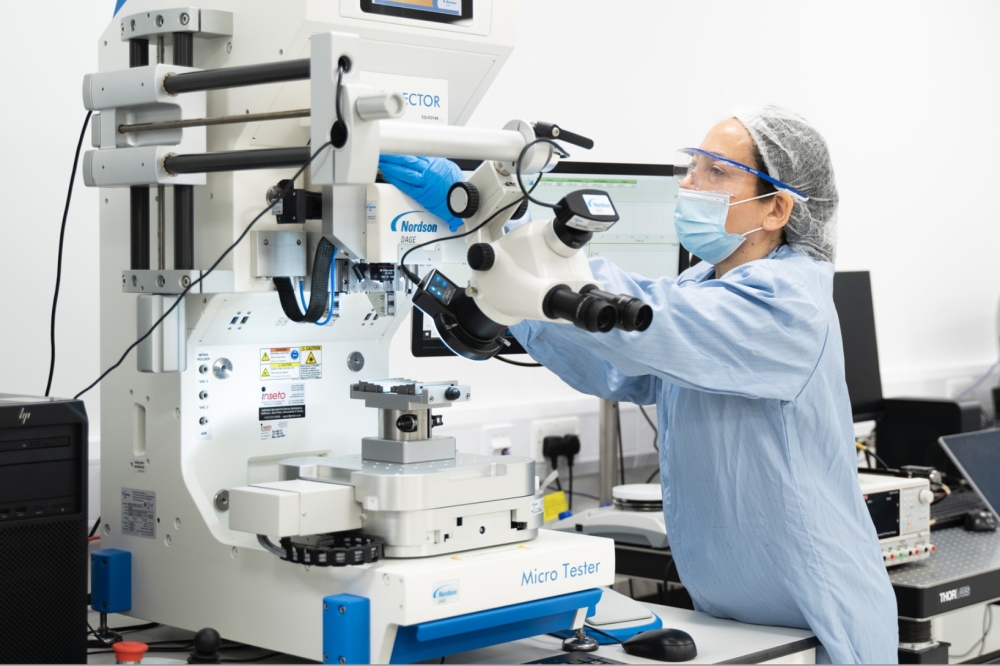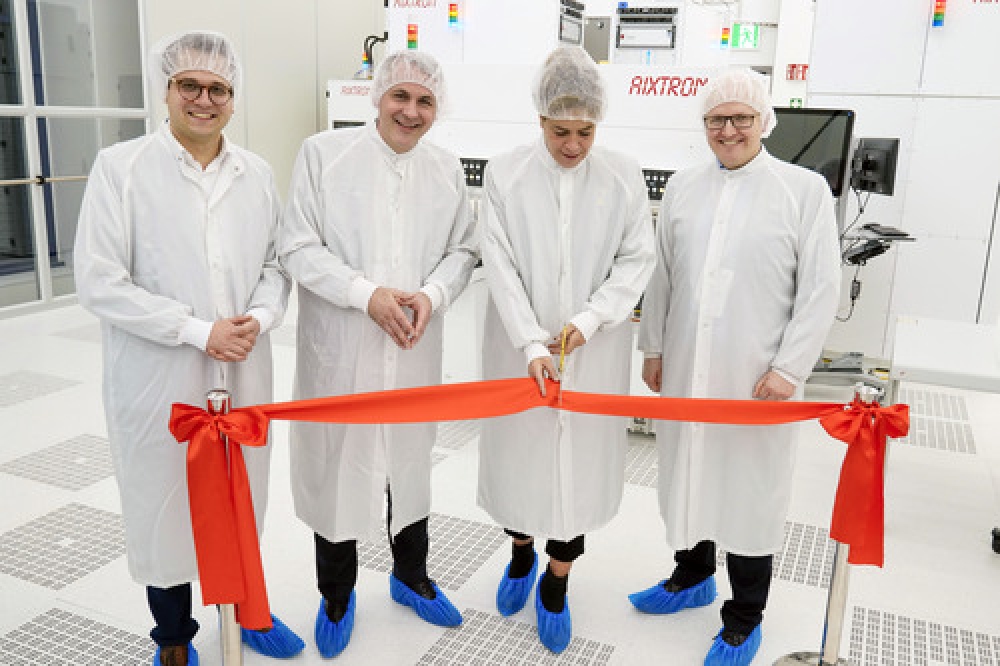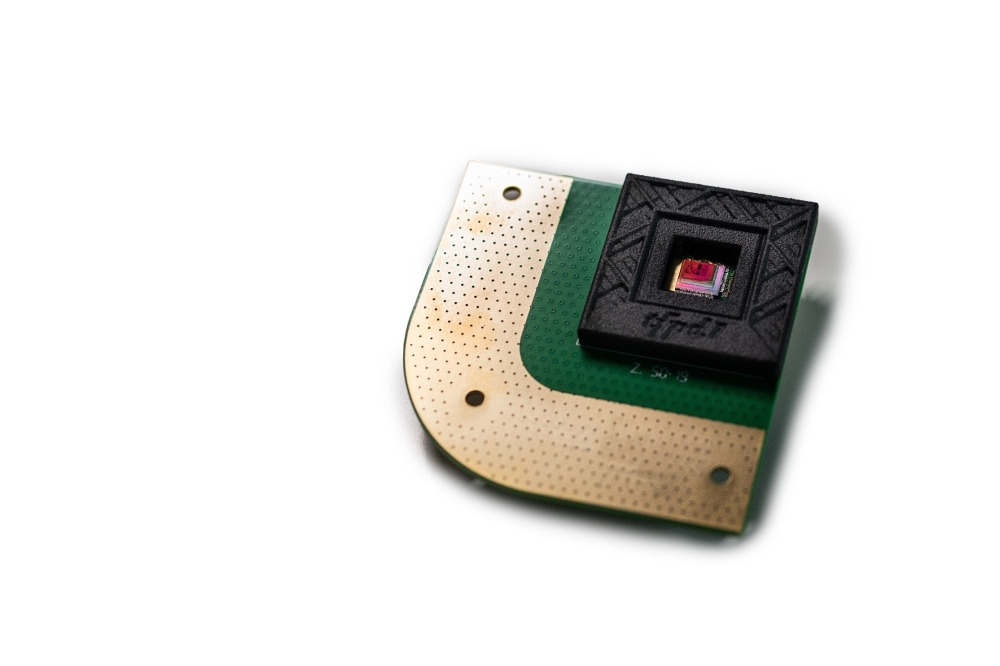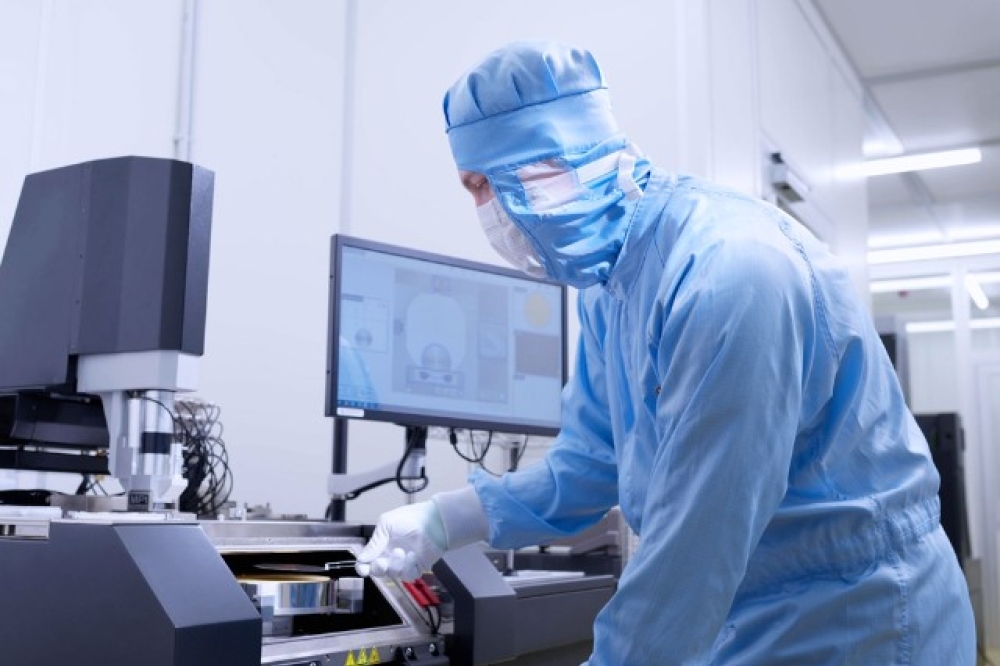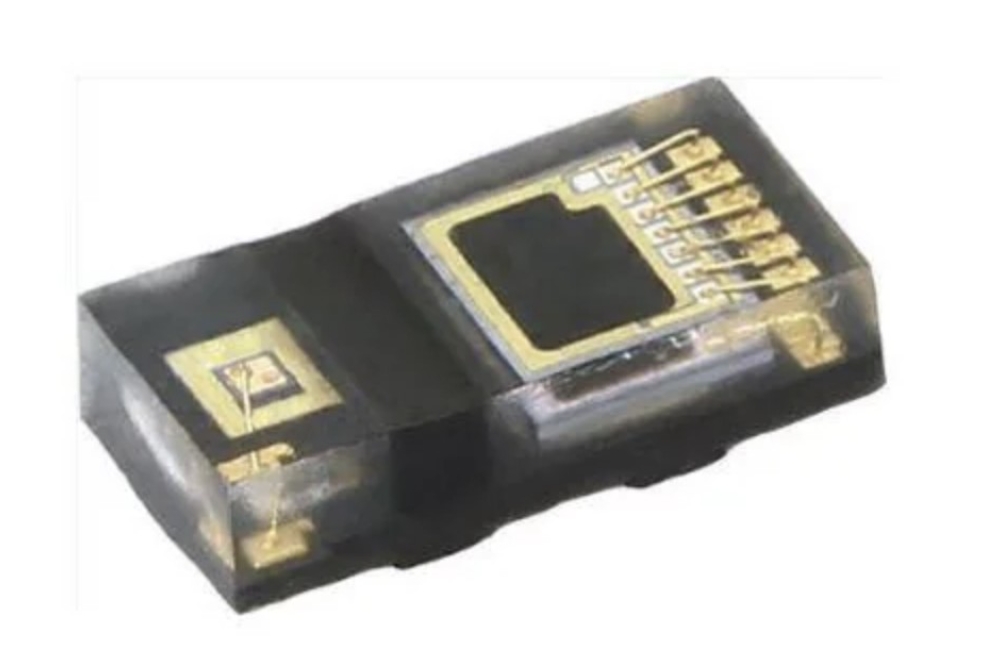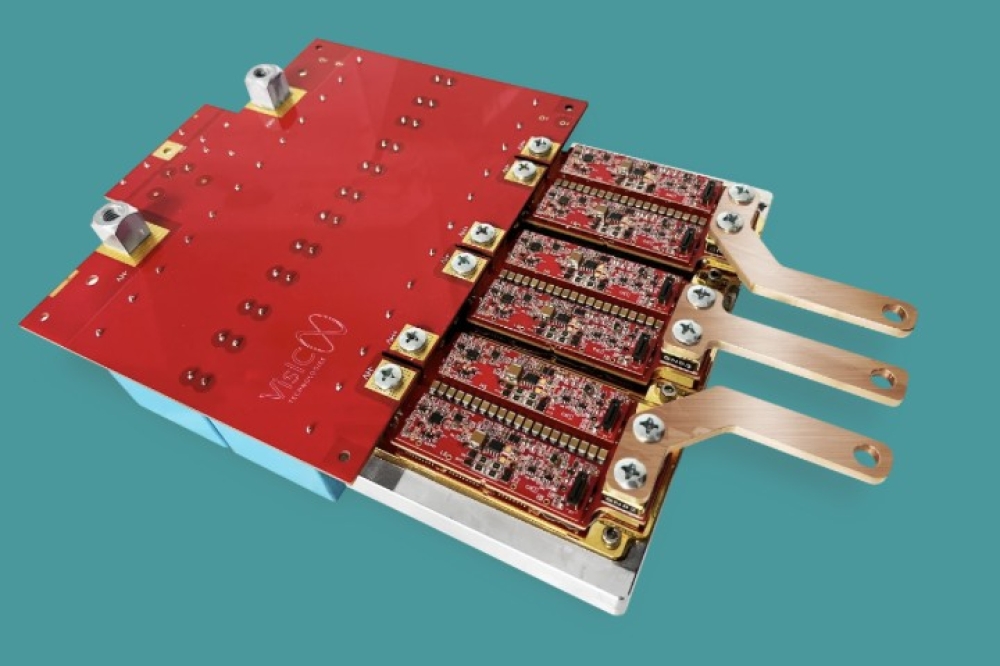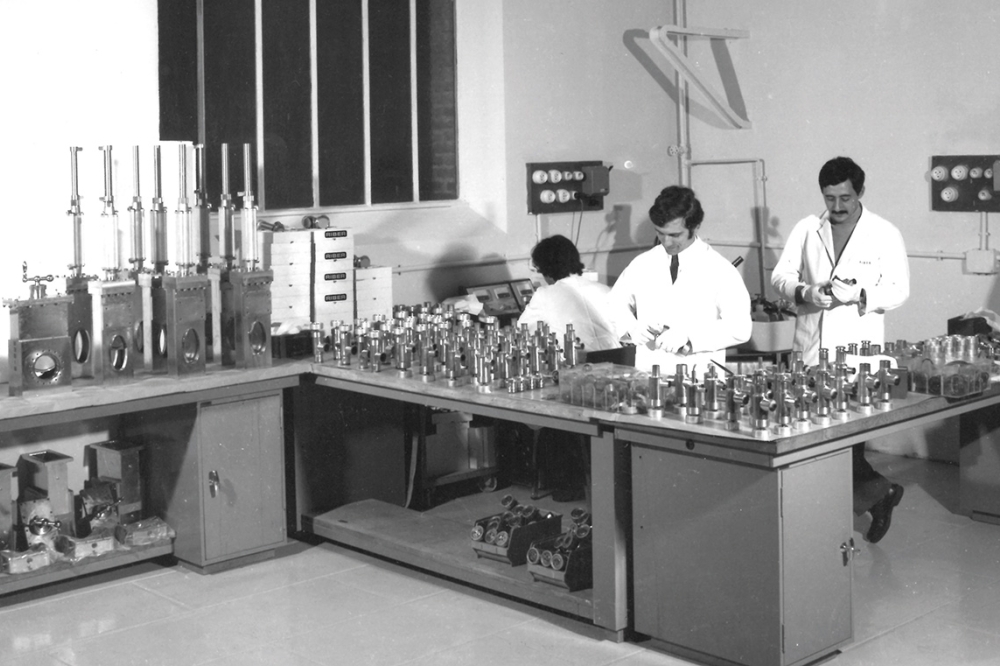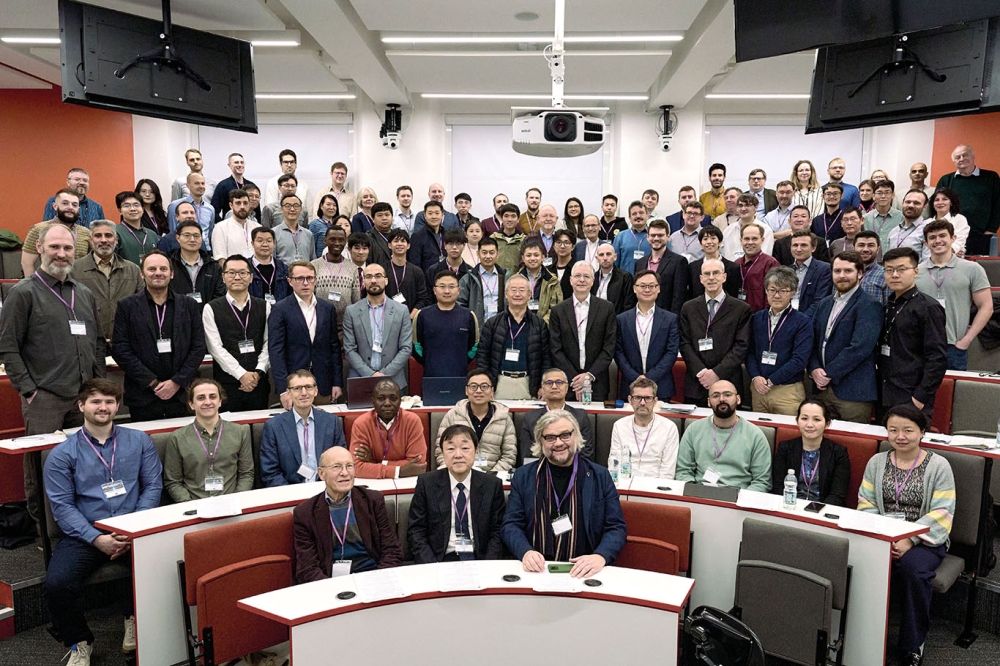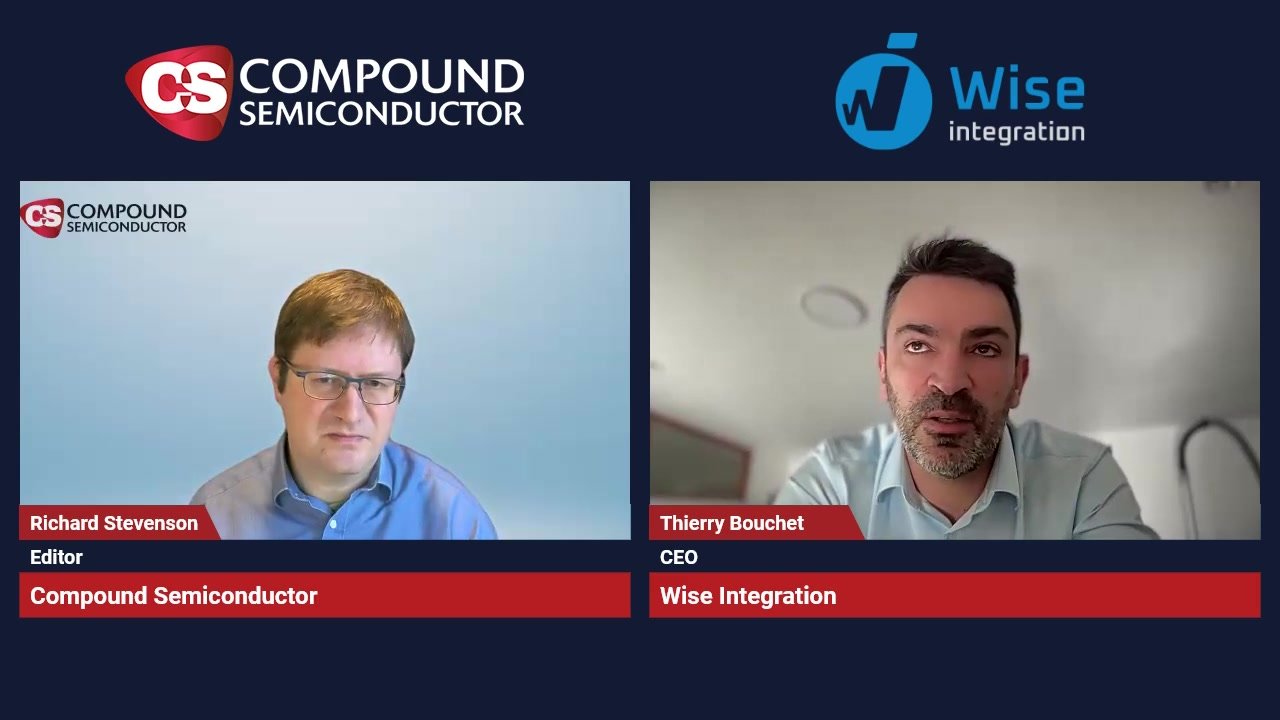UK academics make single-photon GaN source
A collaboration between researchers at Cambridge, Oxford, and Sheffield universities has produced the world s first single-photon source of blue light.
Speaking at the UK Compound Semiconductor conference in Sheffield on July 4, Rachel Oliver of the Cambridge group said that the GaN device emitted at approximately 435nm.
“Modified droplet epitaxy” was used at Cambridge to grow InGaN quantum dots on top of a MOCVD-deposited distributed Bragg reflector consisting of 20 repeated AlN/GaN layers.
The quantum dots were placed in the centre of a GaN layer and photoluminescence measurements taken by Robert Taylor s group at Oxford confirmed emission from the dots.
Three repeat layers of SiOx/SiNx were then deposited above the GaN dot layer at the National Centre for III/V technology at Sheffield, to create a top reflector.
Next, a pump laser is used to excite a single dot, which forms a single exciton that decays by emitting a single photon. The source cannot emit again until another exciton is formed.
Although single photon lasers are already under commercial examination for “quantum cryptography” secure communication techniques, to date these efforts have used longer wavelength light.
Rather than covert communications, the GaN source is intended for inclusion in fast laser detection equipment used in laboratories, with blue wavelengths offering increased sensitivity.
Oliver commented that currently device yields were very low, due to the need to precisely match the size of the quantum dots with the size of the cavity that they occupy.
This work will be published in Applied Physics Letters next month.

